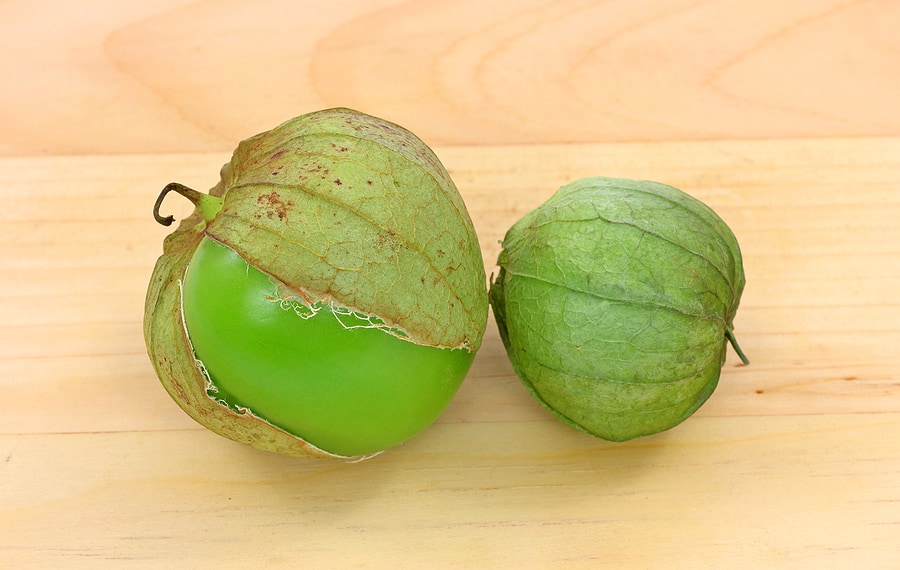How to Harvest and Store Radicchio
Harvest radicchio almost any time during growth—when leaves are just 2 to 3 inches (5-7 cm) long or after a head forms and is firm to the touch. Radicchio matures 60 to 64 days after sowing. Related articles: Radicchio will grow green or reddish-green until cold weather arrives then leaves will change to a range […] More









